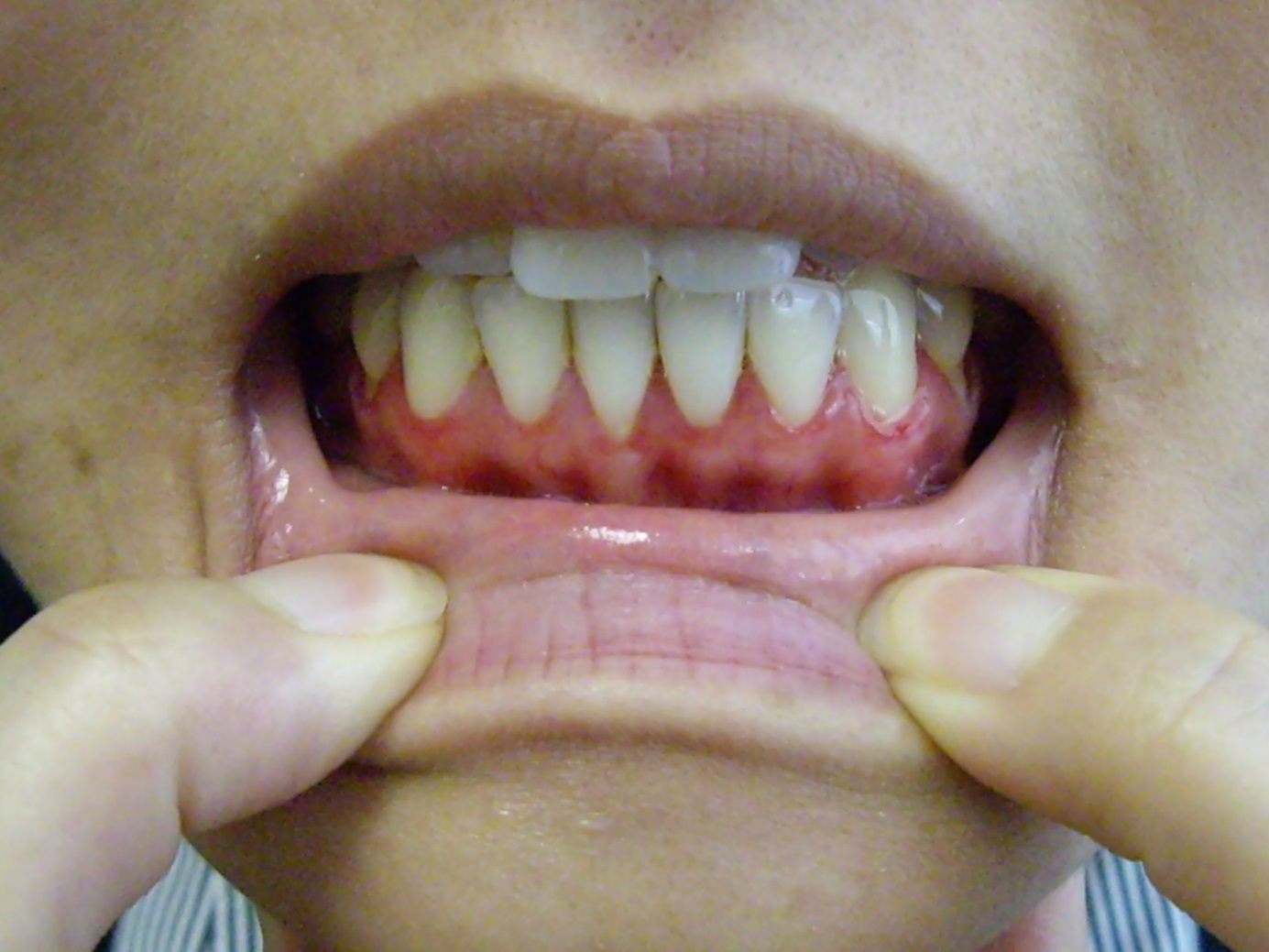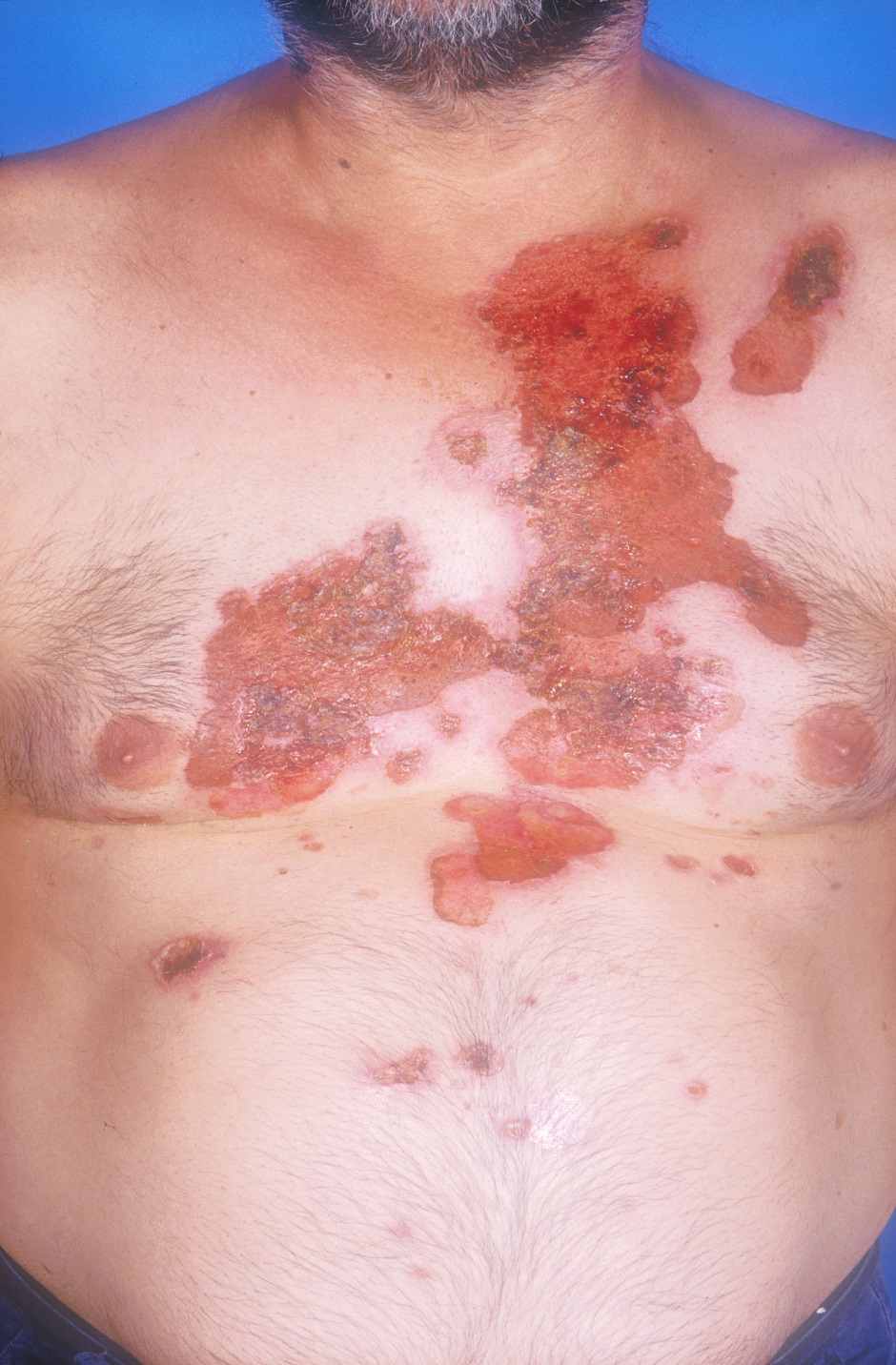What is pemphigus vulgaris?
Pemphigus vulgaris is a rare autoimmune blistering disease which is characterised by blisters, erosions and crusts in the mouth and on the skin. “Vulgaris” means “common” so this type of pemphigus is the most common form of the condition. Other forms of pemphigus include pemphigus foliaceus and paraneoplastic pemphigus.
What causes pemphigus vulgaris?
Pemphigus vulgaris occurs when cells of the body’s immune system produce proteins (autoantibodies) that damage the adhesion points between the skin cells. These adhesion points act like press studs holding the top layer of the skin cells (epidermis) together. If they are damaged, the skin cells break apart and are unable to form a proper barrier.
The cause of the immune attack on the skin is unknown. Genetic factors are thought to play a role. Pemphigus vulgaris has been reported to occur worldwide but is more prevalent in people of Ashkenazi Jewish descent and those of Mediterranean origin.
Thiol containing drugs, vaccines and radiotherapy may trigger the development of the blisters of pemphigus vulgaris.
What does pemphigus vulgaris look like?
Pemphigus vulgaris usually first manifests in adulthood (average 50 to 60 years) but childhood cases can occur.
The condition often first presents with mouth ulcers or tenderness, redness and bleeding of the gums, which make it difficult to eat or drink. This phase may progress unrecognised for many months. It may not be until blistering or erosions on the skin develop, that the diagnosis may be considered.
Mucosal areas such as inside of mouth are most commonly affected but other sites include the conjunctiva, oesophagus, labia, vagina, cervix, penis, urethra and anus. If the condition has spread to the larynx, it may cause hoarseness when talking.
Blistering is superficial and often appears as erosions. Skin lesions appear as thin walled flaccid blisters filled with clear fluid that easily rupture causing painful erosions.
In rare cases, pemphigus vulgaris can present with skin-only lesions.
Oral erosions are often an initial sign of pemphigus vulgaris.

On the skin, flaccid bullae and erosions later develop and may become extensive.

What other problems can occur with pemphigus vulgaris?
People with pemphigus vulgaris, together with members of their family, have an increased risk of developing other autoimmune diseases. The most common of these is autoimmune thyroid disease.
How is pemphigus vulgaris diagnosed?
Skin biopsies are usually required to confirm the diagnosis. Two kinds of biopsies will be needed – one biopsy involving the edge of a blister for routine histology in formalin and a second perilesional (normal skin) biopsy for direct immunofluorescence on frozen sections in Michel’s transport media or normal saline if the lab is on site.
A blood test may show evidence of circulating Desmoglein 1 and/or 3 autoantibodies.
How is pemphigus vulgaris treated?
The pemphigus group of diseases are rare and treatment regimens have developed over years based on smaller case studies and physician experience rather than large controlled studies.
Some people affected with pemphigus vulgaris may require admission to hospital to stabilise their condition initially.
Rest, reducing stress levels and attention to oral hygiene are important. The involvement of a dentist and hygienist is often needed. Following a soft diet is important to avoid trauma to the fragile skin of the mouth. Appropriate wound healing dressings are needed and antibiotics are given to prevent infection.
Oral prednisolone at doses around 1mg/kg/day is generally used as first line therapy to gain control of disease activity. Intermittent doses of intravenous methylprednisolone are used in some cases.
High doses of prednisolone for prolonged periods can cause side effects which need to be anticipated and managed.
Rituximab 1000mg IV repeated after 2 weeks (after screening for safety).
New agents are in clinical trials for pemphigus in Australia and overseas.
What is the likely outcome of pemphigus vulgaris?
Pemphigus is a serious condition which had a 90% mortality rate before the advent of steroids. Currently the mortality rate is 5-10%. Death is mainly due to infections that may result from the immunosuppression caused by the medications given to control the disease. It is important, therefore, to tailor the regimen to minimise side effects.
Currently there is no cure for pemphigus but it can be managed successfully. The aim of treatment is to put the disease into remission so that it has minimal impact on the person’s quality of life.
Further information about pemphigus vulgaris
This information has been written by Professor Dedee Murrell and Dr Belinda Welsh
Last updated: April 2023
Disclaimer
2019 © Australasian College of Dermatologists.
You may use for personal use only. Please refer to our disclaimer.